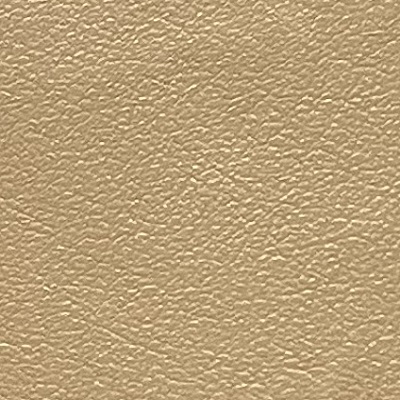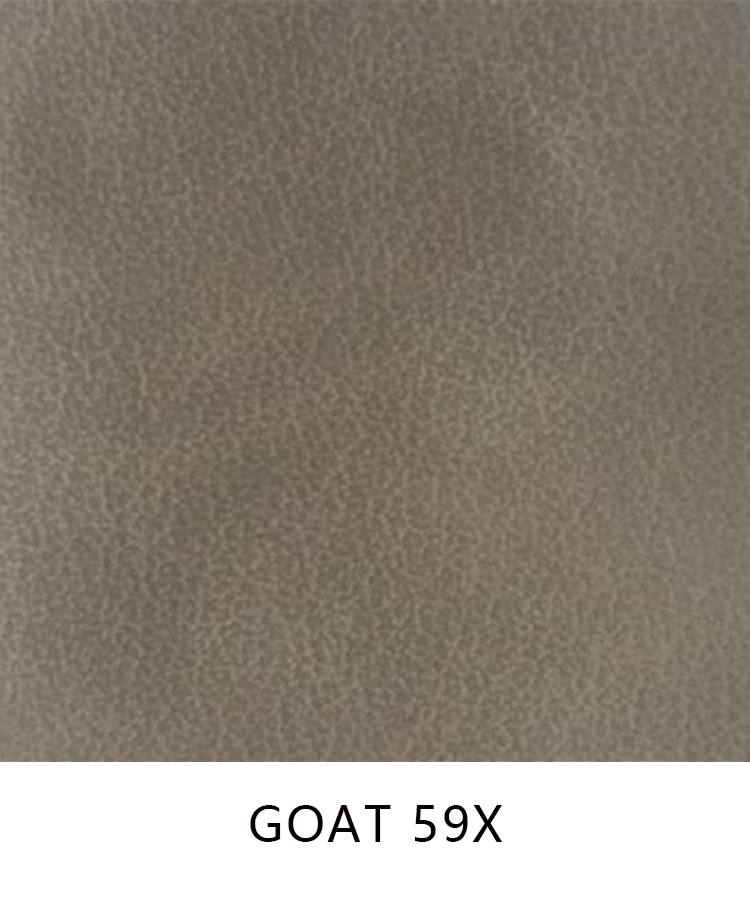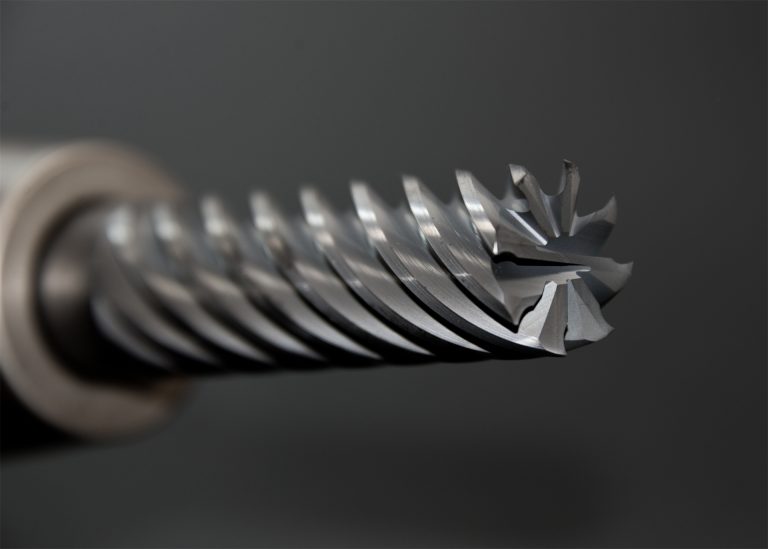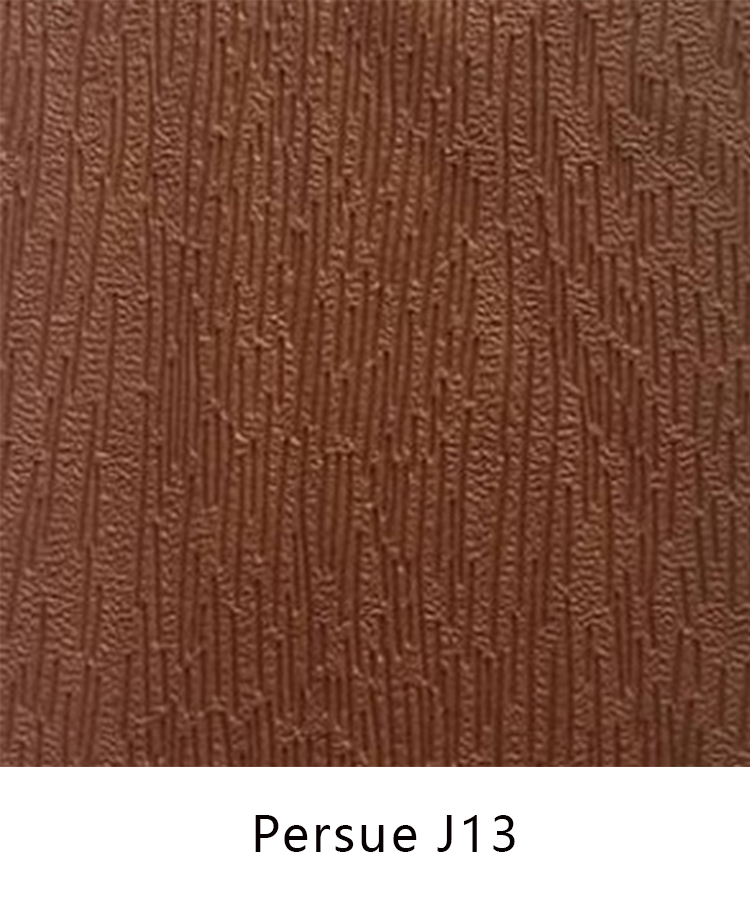Table of Contents
Pros and Cons of Using PU Synthetic Leather for Shoe Manufacturing
PU synthetic leather has become a popular choice for shoe manufacturers due to its versatility and affordability. This material is made by coating a fabric base with a polyurethane layer, giving it the appearance and feel of genuine leather. While PU synthetic leather offers many benefits, there are also some drawbacks to consider when using it for shoe manufacturing.
One of the main advantages of using PU synthetic leather for shoes is its cost-effectiveness. Compared to genuine leather, PU synthetic leather is much more affordable, making it a cost-effective option for manufacturers looking to produce high-quality shoes at a lower price point. This cost savings can be passed on to consumers, making shoes made with PU synthetic leather more accessible to a wider range of customers.
In addition to its affordability, PU synthetic leather is also highly versatile. This material can be easily dyed and embossed, allowing manufacturers to create a wide variety of colors and textures for their shoes. PU synthetic leather is also more resistant to water and stains than genuine leather, making it a practical choice for shoes that will be worn in wet or dirty conditions.
Furthermore, PU synthetic leather is a more sustainable option than genuine leather. The production of genuine leather requires the use of large amounts of water and chemicals, as well as the raising and slaughtering of animals. In contrast, PU synthetic leather is made using synthetic materials that can be produced in a more environmentally friendly manner. By choosing PU synthetic leather for shoe manufacturing, manufacturers can reduce their environmental impact and appeal to consumers who are looking for more sustainable options.

Despite its many benefits, there are some drawbacks to using PU synthetic leather for shoes. One of the main disadvantages is that PU synthetic leather is not as durable as genuine leather. Over time, PU synthetic leather may crack or peel, especially if it is not properly cared for. This can lead to a shorter lifespan for shoes made with PU synthetic leather, which may not be as cost-effective in the long run.
Another drawback of using PU synthetic leather for shoes is that it may not have the same luxurious feel as genuine leather. While PU synthetic leather can mimic the look of genuine leather, it may not have the same softness or suppleness. Some consumers may prefer the feel of genuine leather and be willing to pay a higher price for shoes made with this material.
In conclusion, PU synthetic leather offers many benefits for shoe manufacturers, including affordability, versatility, and sustainability. However, there are also some drawbacks to consider, such as durability and feel. Ultimately, the decision to use PU synthetic leather for shoe manufacturing will depend on the specific needs and preferences of the manufacturer and their target market. By weighing the pros and cons of using PU synthetic leather, manufacturers can make an informed decision about whether this material is the right choice for their shoe production.
How to Care for and Maintain PU Synthetic Leather Shoes
PU synthetic leather has become a popular material for shoes due to its durability, affordability, and versatility. However, like any other material, PU synthetic leather shoes require proper care and maintenance to ensure they remain in good condition for a long time. In this article, we will discuss some tips on how to care for and maintain PU synthetic leather shoes.
One of the most important things to remember when caring for PU synthetic leather shoes is to keep them clean. Dirt, dust, and other debris can cause the material to deteriorate over time, so it is essential to regularly clean your shoes. To clean PU synthetic leather shoes, you can use a damp cloth or sponge to wipe away any dirt or stains. Avoid using harsh chemicals or abrasive cleaners, as these can damage the material.
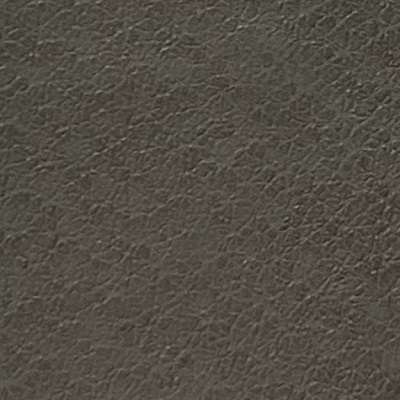
In addition to keeping your shoes clean, it is also important to protect them from water and moisture. PU synthetic leather is not as water-resistant as genuine leather, so it is crucial to avoid getting your shoes wet. If your shoes do get wet, be sure to dry them thoroughly before wearing them again. You can use a clean, dry cloth to absorb any excess moisture and then allow the shoes to air dry completely.
Another tip for caring for PU synthetic leather shoes is to store them properly when not in use. It is best to store your shoes in a cool, dry place away from direct sunlight and heat. Avoid storing your shoes in plastic bags or containers, as this can cause the material to become brittle and crack. Instead, use a shoe rack or shoe box to keep your shoes organized and protected.
| Name | Using |
| Shoe Upper | Shoes |
To maintain the shape of your PU synthetic leather shoes, it is a good idea to use shoe trees or stuff them with tissue paper when not wearing them. This will help prevent the shoes from becoming misshapen and will also help them retain their structure over time. Additionally, you can use a shoe horn to help you put on your shoes without damaging the material.
If your PU synthetic leather shoes start to show signs of wear and tear, there are a few things you can do to restore them. You can use a leather conditioner or moisturizer to help soften the material and prevent it from cracking. Be sure to follow the manufacturer’s instructions when using these products, as using too much can cause the material to become greasy or sticky.
In conclusion, caring for and maintaining PU synthetic leather shoes is essential to ensure they remain in good condition for a long time. By keeping your shoes clean, protecting them from water and moisture, storing them properly, and using the right products to restore them when needed, you can enjoy your PU synthetic leather shoes for years to come. Remember to follow these tips to keep your shoes looking great and feeling comfortable.


